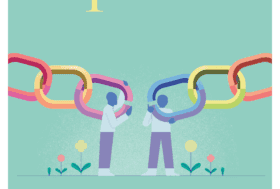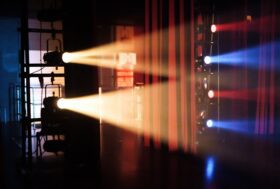Peer assessment in a secondary science classroom
Assessment is how we attempt to make learning visible; it includes any procedure or strategy used to collect information that will help us make inferences about our pupils’ learning (The AERA 1999). One way we can do this is through peer-assessment and feedback.
When facilitated with appropriate modelling, routines, and monitoring, peer-assessment can be an incredibly valuable strategy, as it is both efficient and supports pupils’ self regulation.
As you watch this video of classroom practice, consider how the teacher:
- Utilises model answers to prepare pupils for assessment
- Uses peer assessment formatively to identify areas for individual pupils to develop
You need to be logged in to view this video
References
- American Educational Research Association (1999) Standards for Educational and Psychological Testing, Washington DC: American Educational Research Association
3.5
2
votes
Please Rate this content
Please login to comment
0 Comments
Oldest
Newest
Most Voted
Inline Feedbacks
View all comments





